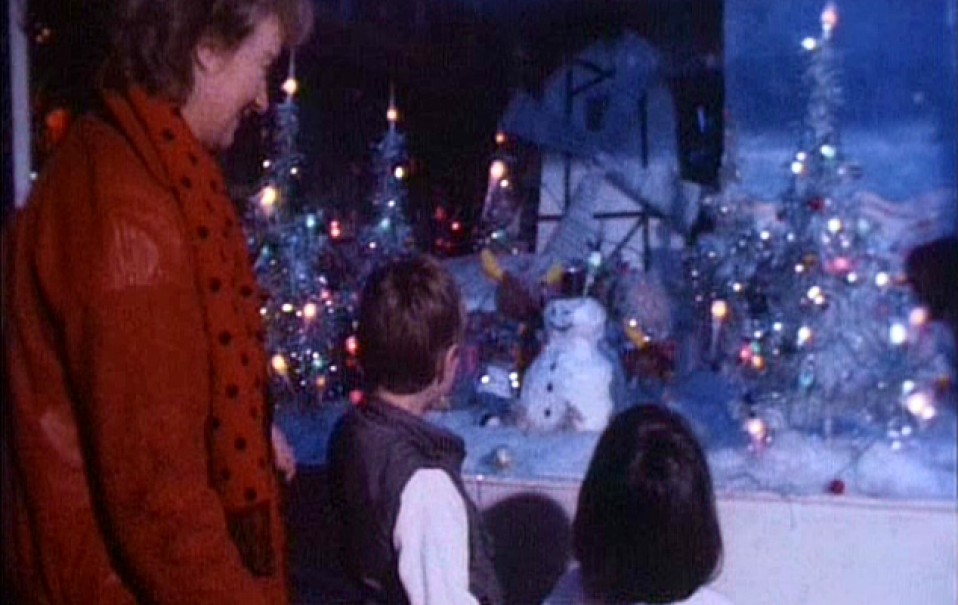
Opening hours
Tues- Fri 1-5pm, Sat 11am-3pm- (closed 23,24,31 December).
Model Realities
Dioramas and miniature worlds
First Bangor Model Railway Club, Deirdre McKenna, Ulster Railway Club, Chris Irwin, Mairead Dunne, Christopher J. Campbell, Michael Digby and films by the Spence Brothers. Curatorial assistance: Yvonne Kennan
Ends 07 January 2012
'Model Realities' is a project about miniature worlds: from railway sets to doll houses, from war- game scenarios to table top film landscapes, from nativity scenes to Lego constructions.
The project will bring together small scale models of real and invented environments from model clubs, collections of individuals, shops and artists. It is planned to offer some model-making workshops for children.
The world of dioramas is fascinating to look at and possibly even more to construct it. Young children re-construct realities in their play all the time, they use Lego or cardboard, toys or any object to create and imagine worlds. From Polly pocket to the educational diorama in a museum context, the modelling of realities is a creative expression which combines play, craft, sculpture, architecture and technology. As a creative process and artistic interpretation of our social and built environment, it is and important, but undervalued part in the cultural production of the everyday.
This project about small scale models and dioramas is triggered by a film which was screened some years ago on BBC Northern Ireland: ‘Super 8 Stories- Christmas Special’ by Noel and Roy Spence.
The film documents displays of toy worlds, snowy landscapes and tiny moving figures in the windows of department stores like Anderson and McAuley or Robinson & Cleavers in Belfast in the 1960's to the 80's, before a mass produced advertisement industry delivered unified seasonal displays.
The Spence Brothers, based in Comber, not only filmed the decorated shop windows, they also built Santa grottos and magic worlds for local shops.
To hear an interview with Deidre McKenna about the project go to.
To read a review on the same site click here.

Deirdre McKenna: ‘Looking for Venus in the night sky’.
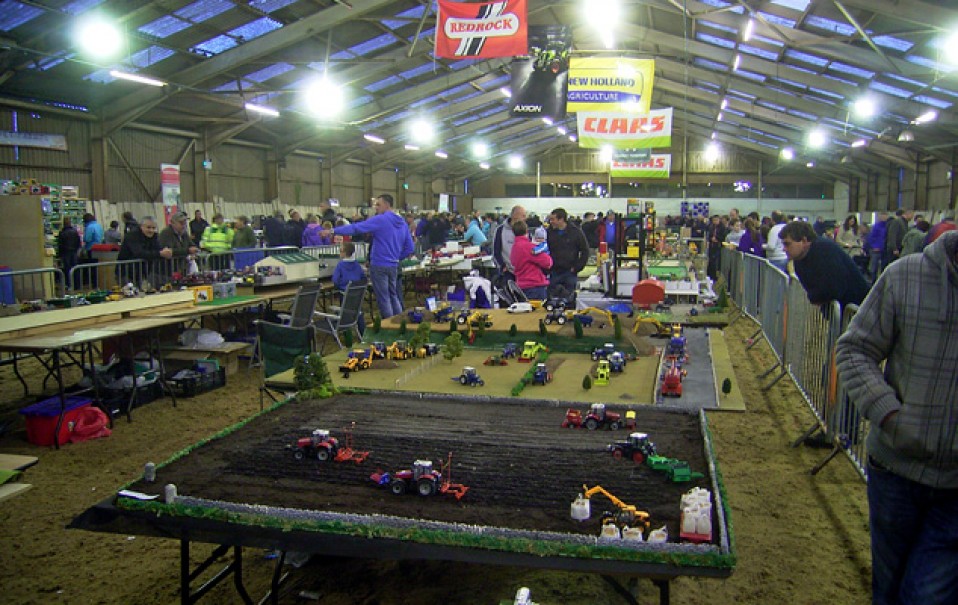
Model show, Lisburn
Some buildings at the Ulster Folk & Transport Museum in Belfast are available as small scale cut out paper models.
The model builder sheets can be downloaded for free from the website, together with instructions and detailed descriptions. From a corner shop to an old rectory, a school and a church, there is plenty to construct.
Screen shot: 'No-budget Special Effects'- Noel and Roy Spence.
Christmas is a primetime for homemade decoration, cards and crafty presents, a season for cultural production from cookies to nativity scenes, Santa tales and desires.
For a child- and as a boy-, Christmas is also the time to ask Santa for a train set- surrounded by small buildings, little figures, trees, hills, tunnels... A miniature world which is still open for the grown-up (man), with sophisticated layouts at home or as a member of a model railway club (Bangor for example hosts two clubs: the 'First Bangor Model Railway Club' and the 'North Down Model Railway Society').
For a child- and as a girl-, one might ask Santa for a doll house, decorated with wallpaper, carpets, beds, tables and chairs. Gender specific choices or attributed patterns, the shoe box size representations of the built- and social environment is endlessly fascinating. (The Ulster Museum shows the domestic development in furniture and equipment in different models of a Victorian house, playfully demonstrating the changes in interior design and social movements over time).
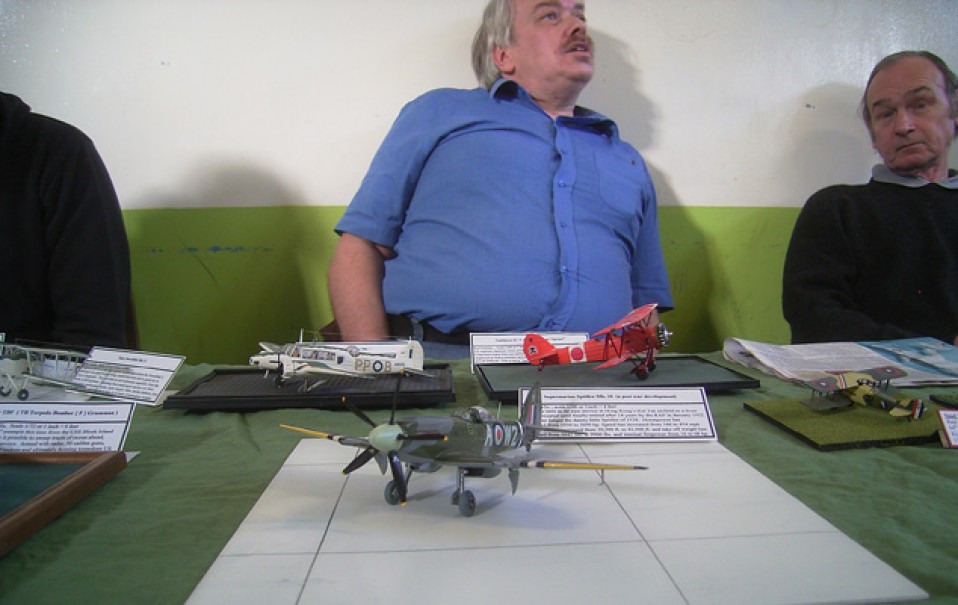
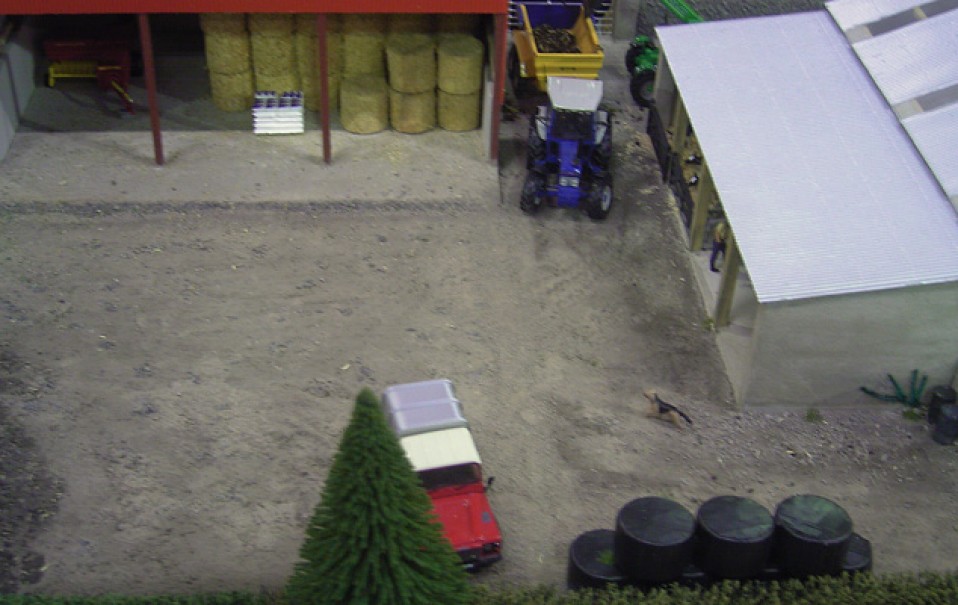
Chris Irwin- CiMODELs: 'Farm yard' at Moira Farm & Construction Model Display Show. Lisburn 28.10.2011
Diorama
'The diorama is, like its relative the panorama, an eighteenth-century innovation, a pre-cinematic form of entertainment and education intended to provide views of significant places and events. First used in 1821 by L.J.M. Daguerre and Charles Bouton to describe large, hyperrealistic scenes painted on two sides of translucent fabric that produced changing imagery when illuminated, the word “diorama” stems from the Greek dia (through) and horama (to see). Since this early use, three-dimensional models have become a means for different fields-artistic and otherwise-to convey knowledge and give form to ideas. The urge to create small worlds, however, is primordial. Humans seem genetically engineered to want to simulate the terrain of life and to see the world in miniature, or preserved as if in a time capsule. In dioramas, the concrete and the imaginary, the authentic and the artificial become magically intertwined. Writing about miniaturization in her book On Longing (Duke University Press, 1993), critic Susan Stewart notes that the atmosphere in a diorama is charged; mood and time are crystallized, and the viewer is given the extraordinary opportunity to step outside of his or her time and place to view life.'
From 'Small World: Dioramas in Contemporary Art', Museum of Contemporary Art, San Diego, 2000.
Workshops about diorama model making
Saturday, 10 and 17 December 2011, 12am -3pm, age 7+.
The workshops with Maeve O’Hara are free, places are very limited, please pre-book.
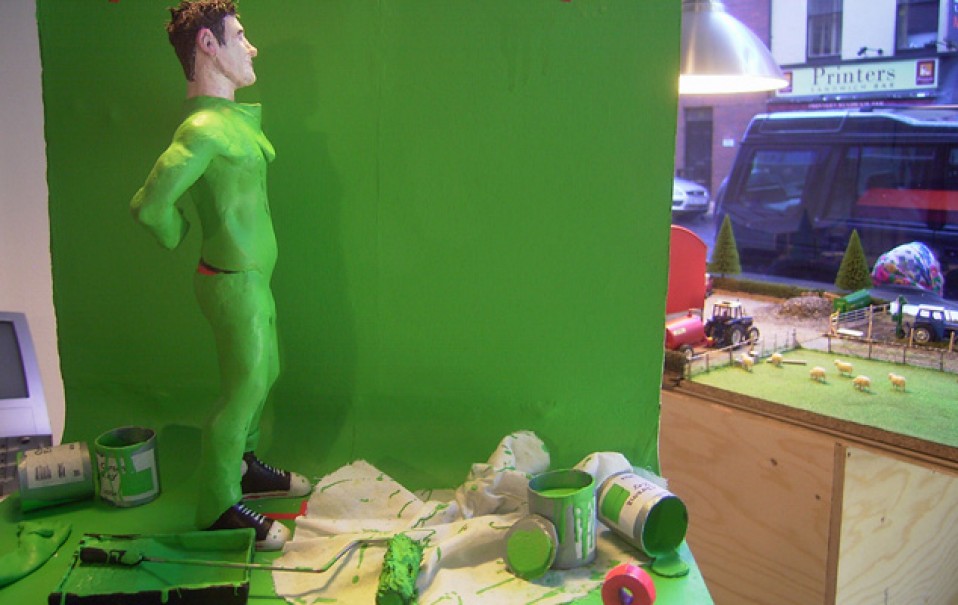
Christopher J. Campbell
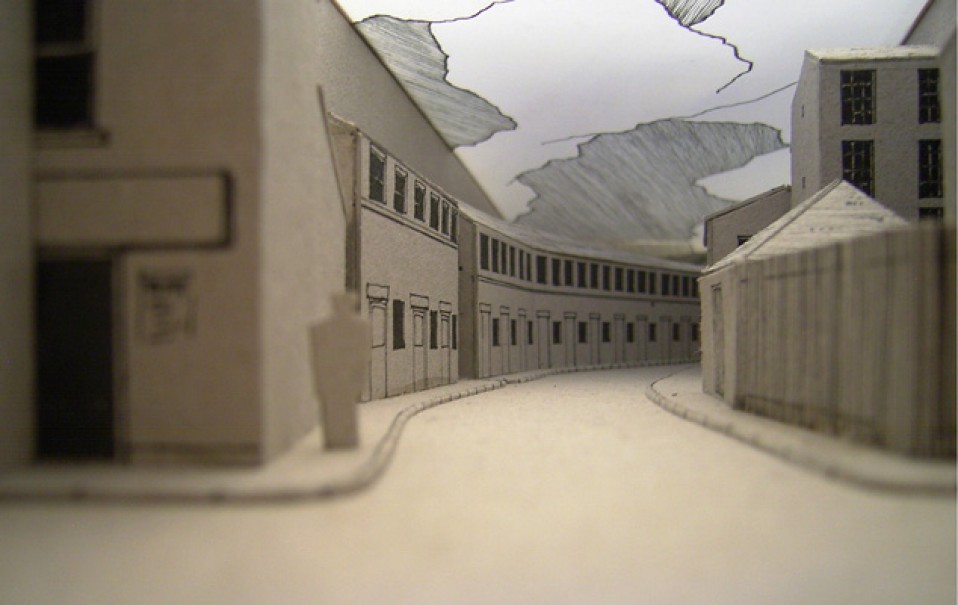
Michael Digby: Sandy Row: looking down Wellwood Street. Diorama, 15x10x32cm
Links
Spence Brothers
Vacuum
Movie mavericks
Ulster Model Railway Club
North Down Model Railway Society
First Bangor Model Railway Club
Moira Farm and Construction Model Club
CiMODELs - Chris Irwin
Gordon Johnson
Related
Miniatur Wunderland,Hamburg
Barber shop and museum, Enniskillen
Persijn Broersen & Margit Lukács
Michael Paul Smith
Thomas Doyle

